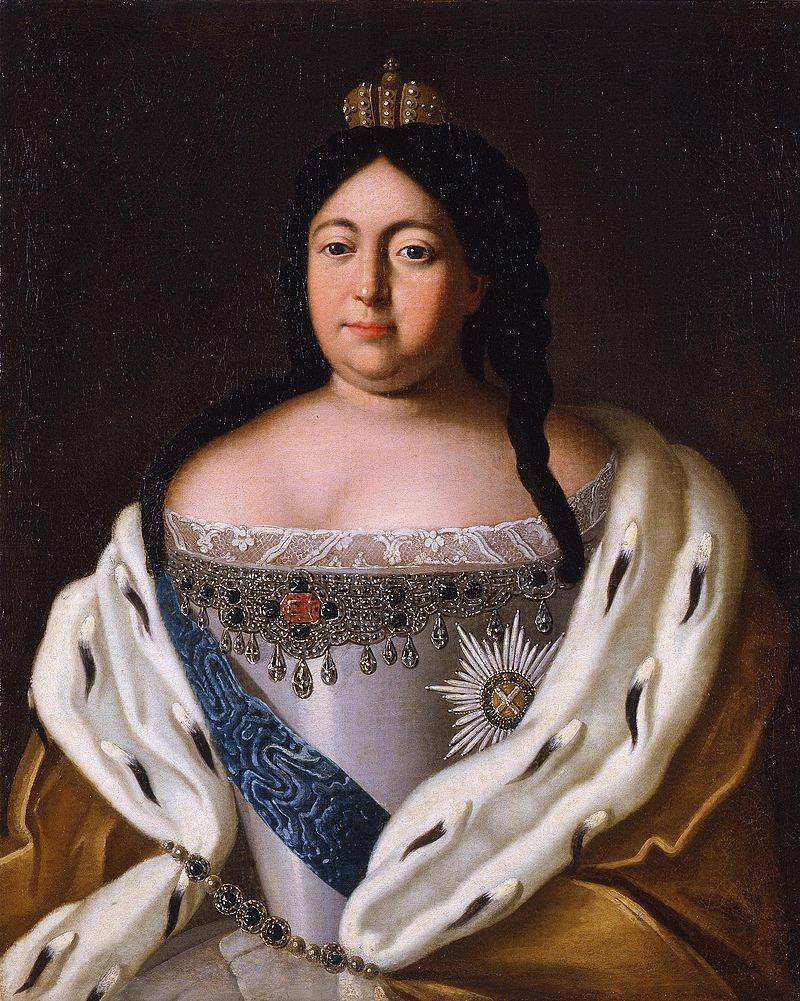
Anna, the Russian Tsarina from the House of Romanov, was born in 1693 as the daughter of Russian Tsar Ivan V and Fyodorovna Saltikova of Praskov.
In 1710, she married the Prince of Courland, William Frederick, but the prince died a year later. After his death, Anna reigned in Courland between 1711 and 1730. In 1730, her predecessor, Tsar Peter II died without appointing a successor. The question of choosing a successor was then left to the Privy Council, but with the exception of Anna, no one was found suitable. Various conditions were imposed on her, such as that she could not remarry, that she could not appoint a new successor and that power must remain in the hands of the Council. However, the tsarina did not accept these, saying that she was the sole ruler of Russia. After her accession to the throne, Anna began to implement her reforms. In 1732, St. Petersburg became the capital again and the Russian Tokaj Wine Buying Committee was established. In 1740, the Russian post office was also established. The Tsarina liked the nobles, so she introduced several measures that were favorable to them. In 1740, the Tsarina was seriously ill. She was afraid that the only surviving descendant of Peter I, Elizabeth, would try to destroy her. But Anna chose her niece's son, Ivan Antonovich. He followed in the name of Ivan VI.
Anna Ivanovna Romanova (1693-1740) was the Tsarina of Russia from 1730 until her death. A member of the Romanov dynasty, she was also a princess of Kurzemes and Zemgales. During its minting, it issued several types of coins. 1 kopek, a silver coin with the monogram of the tsar and the double-headed eagle. On the reverse, Saint George slays the dragon on horseback. 1 ruble, a silver coin with the portrait of the Tsarina and the double-headed eagle. On the reverse is the ruble inscription and the year 1613-1913, marking the 300th anniversary of the Romanov dynasty. 1 ducat, a gold coin with the portrait of the Tsarina and the double-headed eagle. On the reverse is the inscription ducat and the year 1731. The coinage of Anna Ivanovna was not uniform, as the coins were minted in several different workshops and often changed in weight, fineness and shape. The tsarina's mint was famous for producing many rare and special coins issued, for example, the 10 ruble, 25 ruble and 100 ruble coins, which were very large and heavy. These coins were usually given out as gifts or rewards and were not put into circulation. The Tsarina's coinage reflected the wealth and power of the Russian Empire and the legacy of the Romanov dynasty.
Numismatics. Online store for old money, coins and banknotes.